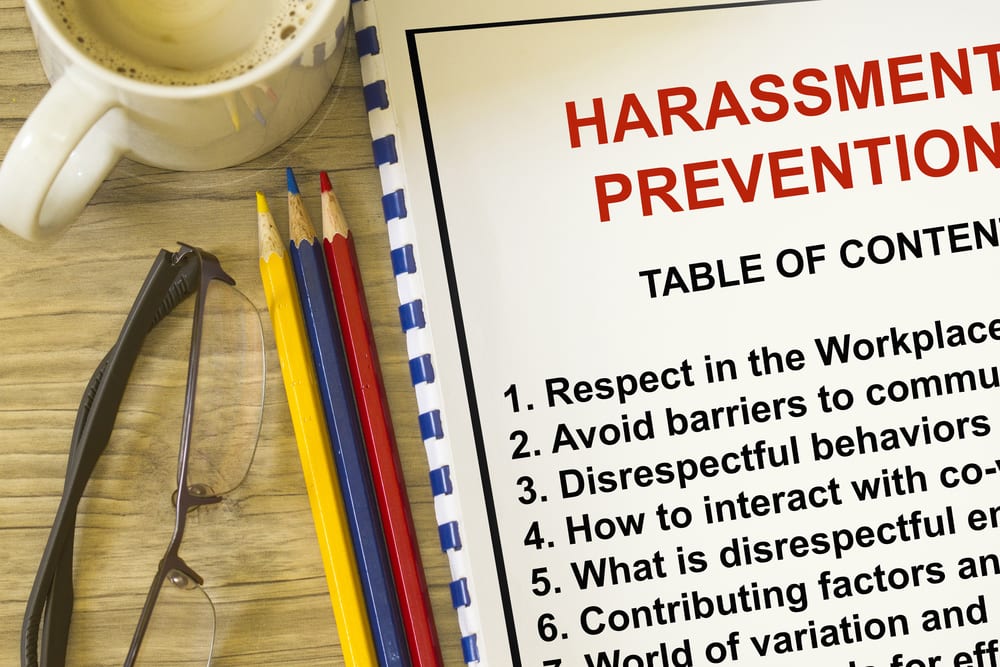For most of us, our workplace is our community. We see our coworkers more than we see friends and family because we’re they’re every day. That means it’s important to treat each other with respect and kindness, to establish a collaborative and productive work environment. When someone experiences harassment at work, it not only hurts the victim but also damages the environment that’s been built by others. One bad seed can easily sour the mood at work; productivity can take a nosedive, and your place of employment can turn into a hostile work environment.
There are actually multiple forms of harassment someone could be subjected to. Knowing how harassment happens can make us better at spotting similar behaviors around us so that we can speak up for the victims and maintain our workplace experience.
The hostile work environment
Simply put, a hostile work environment is created when an employer or employee commits a discriminatory act that interferes with one or more employees’ work, resulting in feelings of frustration, inadequacy, shame, or anger. Any time a person’s race/ethnicity, gender identity and expression, sex, religion, place of origin, political affiliation, or disability is given as the reason for engaging another employee, and that treatment is both unsolicited and unwelcome, that is harassment. When the offense unreasonably interferes with the employee’s work, then you’ve got a hostile work environment on your hands.
We talked about bullying in the workplace and the atmosphere it creates previously, but it certainly bears repeating: harassment in the office is toxic behavior that hurts more than just the target, but the community as a whole.
Harassment retaliation
It should probably go without saying, but interfering with someone attempting to make a harassment claim or complaint is against state and federal laws. This also means those involved—anyone accused of harassment or assisting in the investigation—is protected by those same laws. Until a case has been made and a clear verdict reached (whether it’s in a courtroom or a boardroom), no one should make an effort to punish, silence, or intimidate any party involved in the harassment complaint.
Quid pro quo harassment
Quid pro quo means “something for something” in Latin. Any trade or exchange involving protected areas (race, sex, gender identity, religion, etc.) between two people is impermissible and an example of “quid pro quo harassment.” This form of harassment is usually associated with sexual harassment but it can easily cross into other kinds of offensive mistreatment as well.
Sexual harassment
Any harassment based upon sex discrimination violates Title VII of the Civil Rights Act of 1964, and is classified as sexual harassment. Having good policies and educating the entire workplace on how to avoid and spot this behavior is the best possible way to reduce and hopefully eliminate sexual harassment at the office. This is why many companies provide sexual harassment training and offer effective means to complain or share grievances that both protects the victim and allows for actionable responses to remedy the situation.
The trouble with sexual harassment is in the varied forms it can take. It can be intentional or inadvertent. It may be very obvious or subtle. It can be verbal or physical. No matter the form it takes, it is always damaging to the person or persons being targeted, and to the workplace as a whole.
Examples of sexual harassment include, but are not limited to:
- Making lewd remarks or jokes
- Performing a suggestive or sexual act without the other person’s consent
- Asking inappropriate sexual questions, such as about someone’s sexual orientation or history
- Displaying inappropriate sexual photos or imagery in the workplace
- Making offensive comments about a person’s sexual orientation or gender identity
The list goes on, but all of these behaviors have the capability to create a hostile work environment.
How an HR team can help protect your business from harassment
Everyone deserves the chance to go into their place of employment and perform their duties without offense. To create a workspace that is educated on the forms harassment takes; to learn how to protect employees from harassment; and to create an effective system for lodging complaints safely, all take precision, careful consideration, and ample amounts of compassion.
This is where an HR person excels. If your workplace lacks the education, the processes, or protections, someone versed in human resources will be able to work with you and your employees to develop those things. If you’re searching for your #DramaFreeHR experience, contact HR Resolutions today and we’ll walk you through everything you need to know about the appropriate laws involved in handling harassment allegations. Send us your harassment policy and we’ll do a complimentary review.


